Blog
- Home
- Blog
Understanding the Unique Benefits of Cable Mesh for Your Industrial Applications
In today's rapidly evolving industrial landscape, the demand for innovative and efficient solutions is paramount. One such solution that has gained prominence is cable mesh, which offers a unique blend of strength, flexibility, and versatility. According to a recent report by Research and Markets, the global market for cable management systems, including cable mesh, is expected to reach $6.5 billion by 2025, growing at a CAGR of 6.8% from 2020. This surge can be attributed to the increasing need for organized cable management in diverse sectors such as construction, manufacturing, and telecommunications.
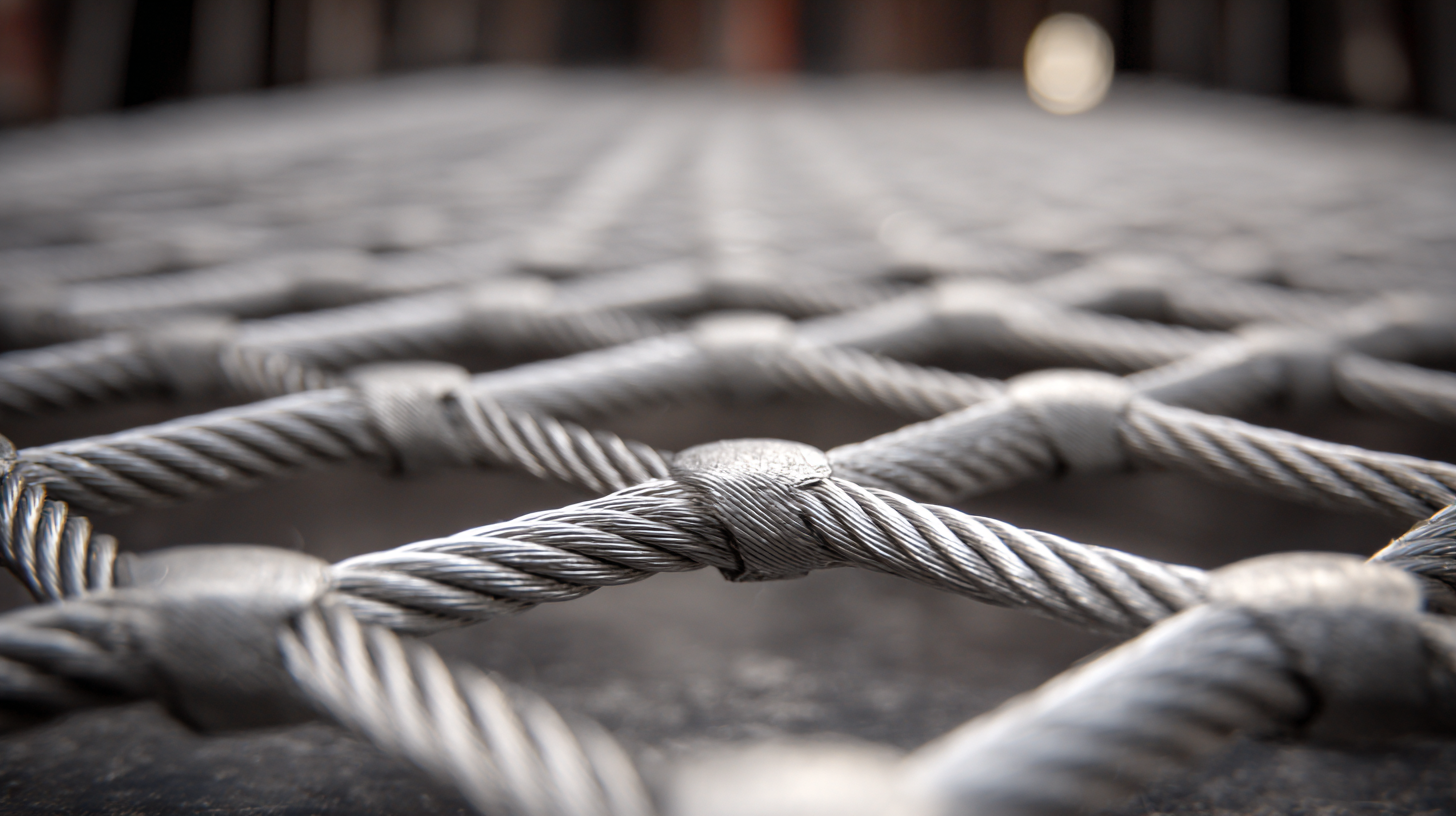
Cable mesh not only enhances safety and organization but also facilitates easier maintenance and upgrades, making it an invaluable asset in industrial applications. As we delve deeper into the distinctive benefits of cable mesh, we aim to equip industry professionals with the insights necessary to leverage this innovative solution effectively.
Benefits of Cable Mesh: A Comprehensive Overview for Industrial Use
Cable mesh systems have emerged as a versatile solution for various industrial applications, offering several distinct advantages. One of the most significant benefits is their strength-to-weight ratio. Made from high-quality materials, cable mesh provides exceptional tensile strength while being lightweight, which facilitates easier installation and reduces structural load. This property makes it ideal for reinforced structures and temporary installations alike, allowing industries to meet stringent safety standards without compromising on efficiency.
Additionally, cable mesh systems offer excellent durability and resistance to environmental factors. They are often treated to withstand corrosion, UV exposure, and other harsh conditions, making them suitable for outdoor applications in industries such as construction, agriculture, and mining. Furthermore, their flexible design allows for customization to meet specific project requirements, whether for safety barriers, scaffolding, or other support structures. This adaptability ensures that companies can optimize their industrial environments while maintaining the highest levels of performance and safety.
Understanding the Unique Benefits of Cable Mesh for Your Industrial Applications
Key Applications of Cable Mesh in Different Industries
Cable mesh has emerged as a versatile solution across various industries due to its unique properties that cater to specific industrial needs. In construction, cable mesh is commonly used as a safety barrier, preventing falls from heights while providing visibility and airflow. Its strength and flexibility make it ideal for scaffolding and support structures, ensuring that workers can operate safely without compromising their workflow.
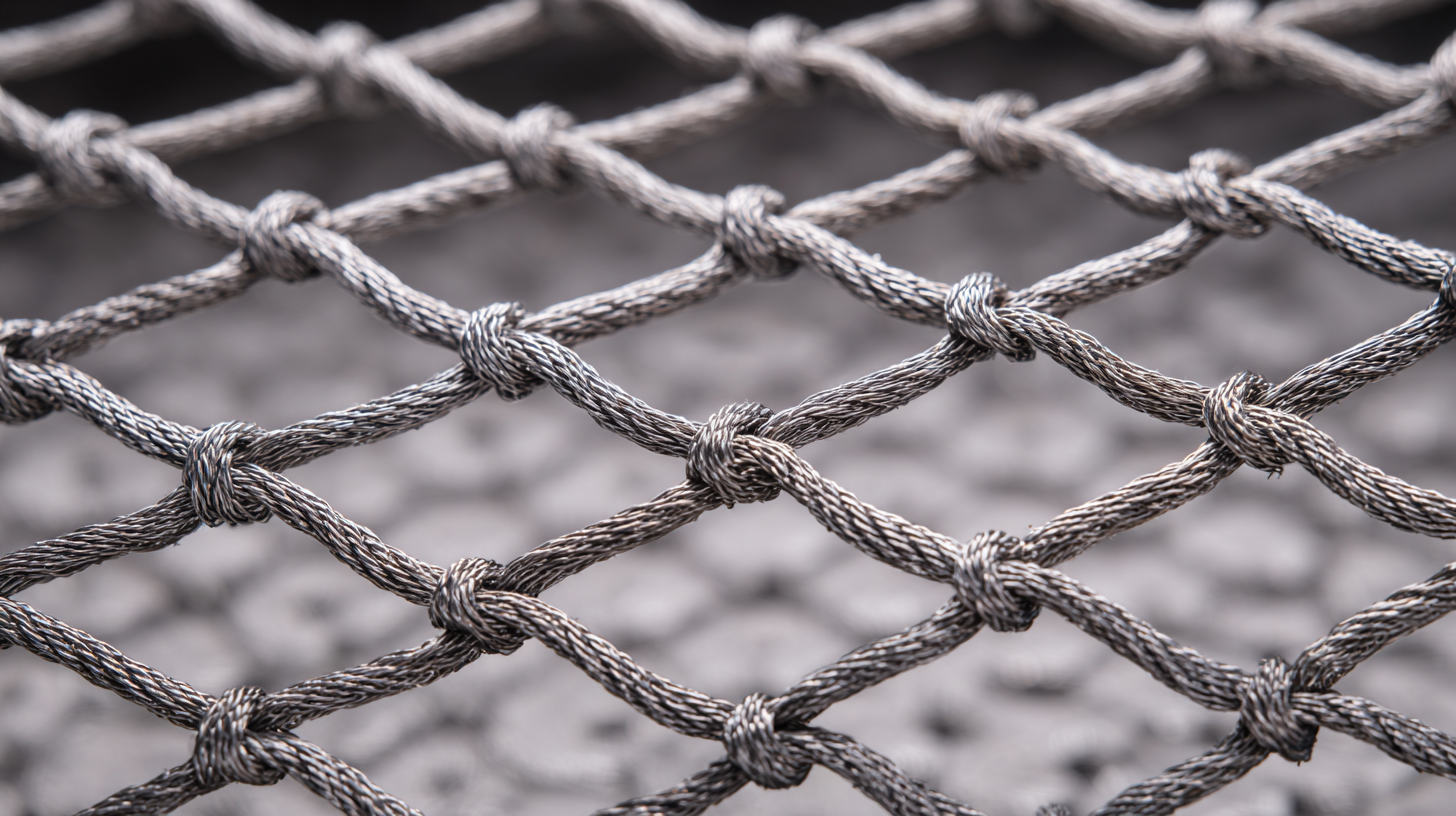
In the agricultural sector, cable mesh is utilized for animal enclosures and fencing, offering a durable and reliable way to secure livestock while allowing for adequate ventilation and visibility. Its corrosion-resistant qualities make it suitable for outdoor applications where exposure to the elements is a regular concern. Additionally, in landscaping and horticulture, cable mesh serves to support climbing plants and vines, enabling a more organized and aesthetically pleasing growth pattern.
Beyond construction and agriculture, cable mesh finds application in the mining and manufacturing industries, where it is used for material handling and safety systems. Its capacity to withstand heavy loads while maintaining structural integrity makes it an invaluable component in conveyor systems and protective screens. The adaptability of cable mesh across these sectors underscores its essential role in enhancing operational efficiency and safety.
Comparative Analysis: Cable Mesh vs. Traditional Industrial Solutions
In recent years, the industrial sector has witnessed a significant shift towards more versatile solutions, leading to a comparative analysis between cable mesh and traditional industrial applications. According to a report by MarketsandMarkets, the global market for advanced industrial materials—cable mesh included—is projected to grow at a CAGR of 5.8% through 2025. This growth highlights the increasing adoption of innovative materials that offer superior performance and adaptability in various applications.
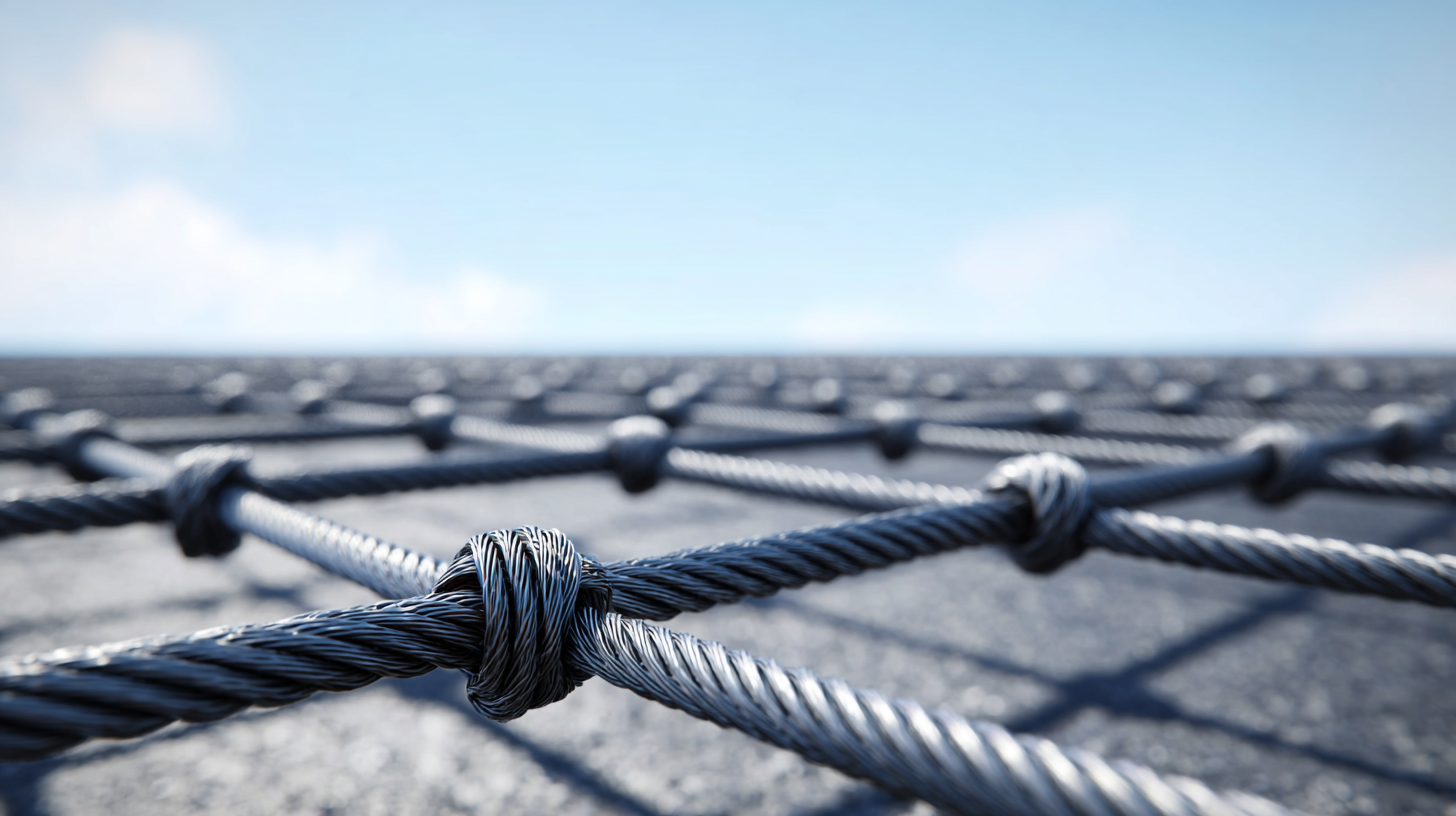
One of the notable advantages of cable mesh over traditional solutions, such as steel grating or solid panels, lies in its lightweight and flexible structure. A study by the International Journal of Industrial Technology has shown that cable mesh installations can reduce material costs by up to 30%, while also facilitating quicker assembly times and easier modifications during the installation process. Additionally, cable mesh systems provide improved ventilation and visibility, which are critical in enhancing safety conditions within industrial environments. The agility of cable mesh systems caters to dynamic industrial needs, positioning them as a preferred choice for a wide range of applications.
Installation and Maintenance: Best Practices for Cable Mesh Systems
When it comes to installing cable mesh systems, adhering to best practices is crucial for ensuring durability and performance in industrial applications. First, proper site preparation is essential. Before installation, conduct a thorough assessment of the environment where the cable mesh will be used. This includes evaluating soil conditions, potential hazards, and existing infrastructure. A well-prepared site minimizes the risk of complications during installation and increases the lifecycle of the cable mesh.
During the installation process, it is vital to follow manufacturer guidelines precisely. Using the right tools and following specified tensioning techniques can prevent premature wear and ensure that the cable mesh maintains its structural integrity. Regular inspection during installation allows for timely adjustments, ensuring that each section is secured and aligned correctly. Furthermore, post-installation, routine maintenance checks should be scheduled to address any signs of wear or damage promptly. This proactive approach not only extends the life of the cable mesh but also promotes safety in the workplace, allowing for seamless operations in industrial settings.
Understanding the Unique Benefits of Cable Mesh for Your Industrial Applications - Installation and Maintenance: Best Practices for Cable Mesh Systems
| Dimension | Description | Benefits | Best Practices |
|---|---|---|---|
| Strength | Cable mesh systems are designed to withstand heavy loads and impact. | High durability ensures long-term performance. | Regular inspections for wear and tear. |
| Versatility | Can be used in various applications including safety barriers and structural support. | Ideal for multiple industrial environments. | Tailor installation based on application needs. |
| Ease of Installation | Cable mesh can be installed quickly with basic tools. | Reduced labor costs and downtime. | Follow manufacturer guidelines for optimal results. |
| Low Maintenance | Requires minimal upkeep compared to traditional systems. | Cost-effective over time. | Schedule periodic checks to ensure integrity. |
| Aesthetic Appeal | Provides a modern look while being functional. | Enhances the visual aspect of industrial spaces. | Choose designs that integrate with overall architecture. |
Future Trends: Innovations in Cable Mesh Technology for Industrial Applications
The evolution of cable mesh technology is poised to transform industrial applications, paving the way for enhanced efficiency and safety. As industries increasingly seek sustainable and innovative solutions, advancements in cable mesh design focus on integrating smart materials and automation. These innovations promise not only improved durability and strength but also responsiveness to environmental conditions, allowing for real-time monitoring and adjustments. The incorporation of sensors within the cable mesh can provide valuable data on structural integrity and load-bearing capabilities, which significantly enhances maintenance protocols and extends the lifespan of industrial equipment.
Moreover, the shift toward customizable cable mesh systems is gaining momentum. Companies can now tailor the mesh design to meet specific requirements, ranging from size and tensile strength to specific environmental resistances. This adaptability means that industries can optimize their cable mesh for particular applications, whether in construction, mining, or material handling. As manufacturers continue to push the boundaries of cable mesh technology, we can expect to see the rise of hybrid materials that combine the strengths of traditional mesh with advanced composites, delivering unparalleled performance and resilience for the most demanding industrial environments.
Related Posts
-
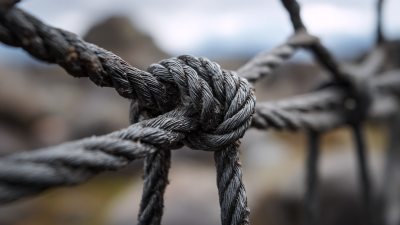
Future Trends in Best Cable Mesh Market Analysis by 2025 with Real World Examples
-
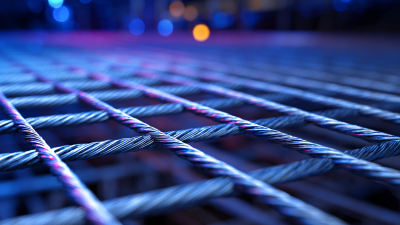
8 Reasons Why Mesh Wire Is Essential for Modern Industrial Applications
-

What is the Versatility of Mesh Wire in Modern Applications
-

7 Reasons Why Welded Wire Fences Are Essential for Security and Durability
-
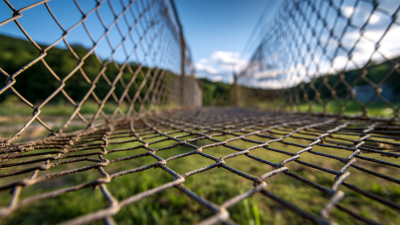
The Future of Best Fence Netting A Comprehensive Analysis of Market Trends Towards 2025
-

7 Best Strategies to Choose the Right Fence Netting for Your Needs
